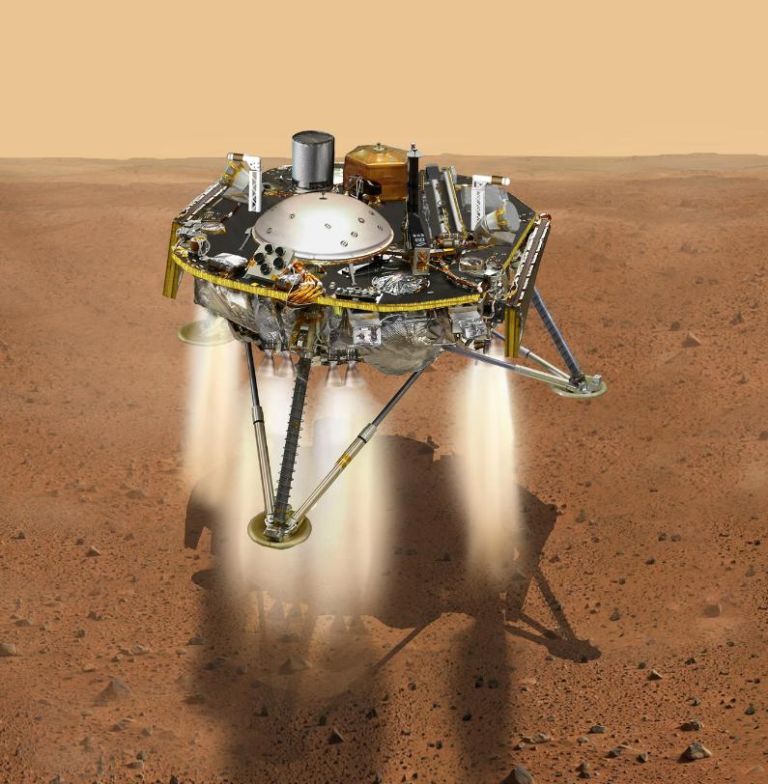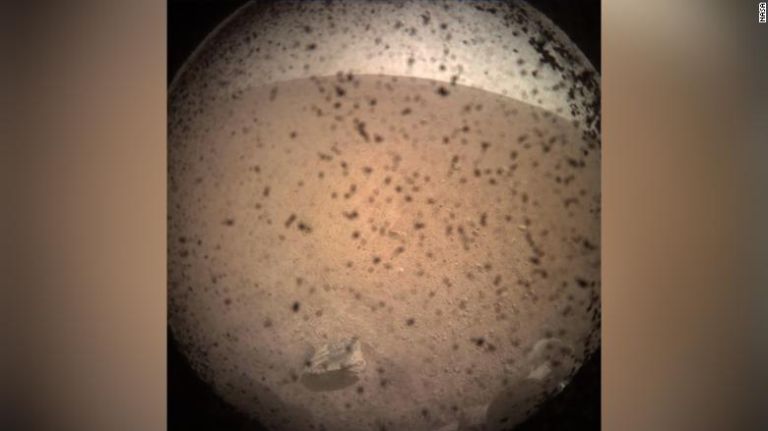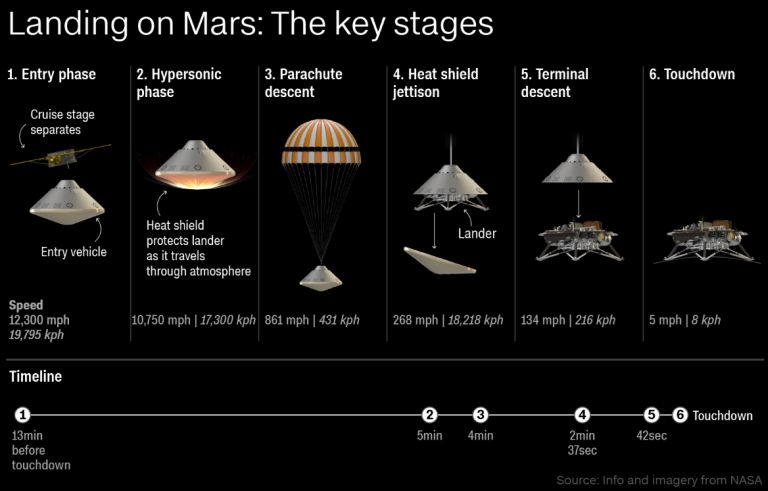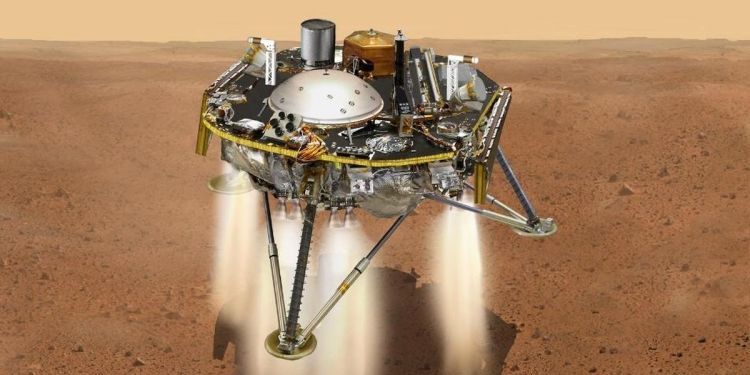
A burst of applause and cheers exploded at NASA’s Jet Propulsion Laboratory (JPL) on Monday (26th November) as NASA’s latest Mars lander, called InSight, touched down safely on the Red Planet and managed to send a picture back to Earth.

A few m
📸 Wish you were here! @NASAInSight sent home its first photo after #MarsLanding:
— NASA (@NASA) November 26, 2018
InSight’s view is a flat, smooth expanse called Elysium Planitia, but its workspace is below the surface, where it will study Mars’ deep interior. pic.twitter.com/3EU70jXQJw
This marks the eighth perfect landing on Mars in NASA history, adding to the space agency’s remarkable achievement of setting spacecraft on the planet. According to NASA, Insight will be spending the next two years collecting data to unravel the mysteries of how Mars has formed billions of years ago and, by extension, how other rocky planets like Earth was shaped.
Anxiously awaiting today’s #MarsLanding? We suggest putting on your headphones and listening to the latest “On a Mission” podcast 🎧, as the @NASAJPL team goes in-depth on the entry, descent and landing of our @NASAInSight spacecraft: https://t.co/9CqUQFI9L6 pic.twitter.com/vm3LIl5cVM
— NASA (@NASA) November 26, 2018

Insight has been traveling for almost 7 months now and it has finally hit the top of Mars’ atmosphere around 3 pm ET, which is around 4 am today in Malaysia’s time. Insight streaked into the thin Martian atmosphere at 19794.931 km per hour and plunged 123.919 miles in order to reach the ground. To reach to the surface safely, Insight’s three landing legs deployed and the parachute popped out, allowing it to land without any complications. The whole process took around 7 minutes to complete, which the fellow NASA members would like to call it -the “six and a half minutes of terror”.
Once landed on the surface, Insight immediately sent out a signal to Earth notifying that it has arrived safely on Mars. Shortly after that, the spacecraft used an even more powerful radio to send a bigger signal, which allows NASA to receive more details on its status.
However, the two-year science mission will not start immediately. NASA says that it will take at least two to three months of the robotic arm to set up the mission’s equipment on the surface. They’ve also added that the science data isn’t expected until March. This means that we will be able to expect more insights about Mars by then.
Check out video of the landing and mission personnel celebrating the historic moment:
Follow Insight’s mission on the rover’s official page here.








